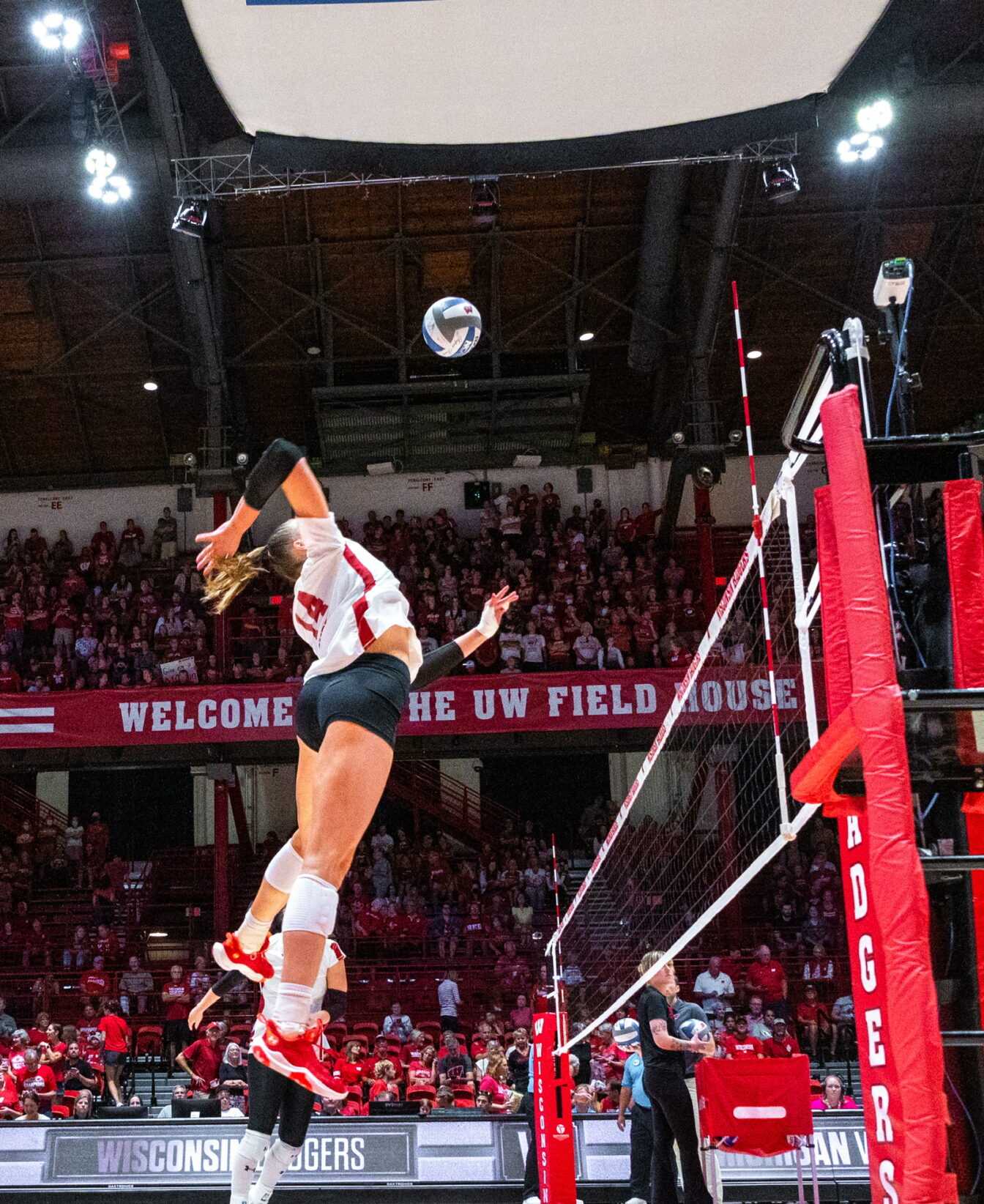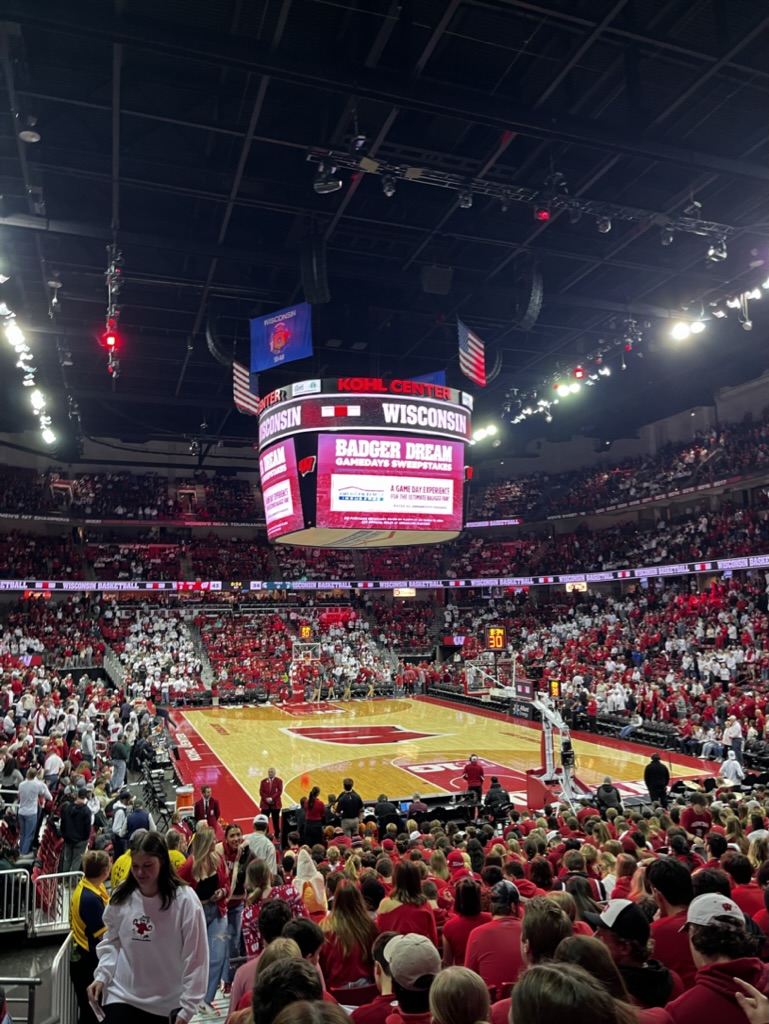In a month that has already witnessed the passing of a European monarch, a Nobel prize-winning author and the head of all Catholicism, the death of a mere linebacker seems of little regard. So when the news broke Monday of Carolina Panther assistant coach Sam Mills finally succumbing to an arduous two-year bout with cancer, it was just that — something of marginal concern. The word scarcely even broke through the black smoke billowing from the Vatican.
In all but a few circles, Mills appeared a typical linebacker with a slightly impressive resume.
His career statistics alone failed to earn him legendary status. His name hardly proved synonymous with any great team or dynasty. Nor was he iconic to his era in the same capacity as the linebackers of the Black and Blue — storybook characters such as Ray Nitchke and Dick Butkus.
No, Mills was viewed as a garden-variety figure to the vast majority of football fans — placidly effective, modestly successful and only a few Pro Bowl appearances above utterly forgettable. Yet, to those who knew the story behind this seemingly typical player, Mills proved decisively atypical in one regard — his size. To say Sam Mills broke the mold at linebacker is far from accurate. In fact, he didn’t even fill it.
The tale begins in Long Branch, N.J., where Mills first turned select heads with his gritty style of play. However, despite his reputation as a playmaker, the vigor he projected on to the field hardly translated to attention from college recruiters. It was the first time Mills caught a cold shoulder on account of his small stature, but certainly not the last.
After an All-American career at Division III Montclair State College, the diminutive scrapper made a series of unsuccessful attempts to break into the professional ranks. The impossible undertaking came at both the best and worst of times. On one hand, the United States Football League was on the eve of its long-anticipated launch and the opportunities seemed abundant with the bevy of franchises added to the scene.
But the early ’80s also marked the dawn of the era of ‘LT’ — a time when a faster, taller and more athletic breed of linebacker exploded on to the scene. Formations changed, versatility became king and no self-respecting defensive coordinator wanted any part of an undersized middle linebacker. Something was still to be said for tenacity, as the continued success of players like Pittsburgh’s Jack Lambert bore out.
Still, at 5-foot-9, Mills didn’t exactly strike the menacing pose of a Captain Jack.
Regardless, the indomitable Mills simply refused to be kept from the field. After the Cleveland Browns tossed him aside, he made tracks for the Philadelphia Stars of the USFL. According to a recent interview, former Stars head coach Jim Mora asked his assistants every day during camp which linebacker looked the best in practices.
Every day, “Sam Mills,” they answered. Every day, Mora guffawed.
Eventually Mora experienced a change of heart, and the man he would one day call the finest player he ever coached found a prominent spot in the Philadelphia defense. Of course, after a while the USFL became defunct, and Mills, unemployed. But the impression he left on Mora prompted the coach to bring him along to the New Orleans Saints in 1986 — although, not without a few enduring misgivings.
Needless to say, the Big Easy was bewildered. And with good reason. After all, what roll could a 5-foot-9 middle linebacker fill on an NFL defense? Mora had no answer, just a premonition.
Mills, however, responded by evolving into a pint-sized terror for the Saints. He was the field general leading the way as the New Orleans defense evolved from perennial punchline to the infamous “Dome Patrol.” By the early ’90s the Saint corps was holding a clinic every Sunday on how to play linebacker in the NFL, and Sam Mills — the brains of the outfit — had his name on the door.
He was relentless on the field, begging to play every down. Mills even slipped into nickel packages whenever possible. And, despite his small stature, he built a reputation for tectonic hits — reading plays early, gathering speed and blindsiding unsuspecting halfbacks like a quietly fired shell.
To say Sam Mills simply made the players around him better is an egregious understatement. He made them the best, quite literally. The zenith of his career occurred on selection day for the 1993 Pro Bowl, when all four New Orleans starting linebackers made the cut. For a unit, the feat was unparalleled hitherto or since and proved a testament to Mills’ quality as a leader.
Shortly thereafter, Mills headed to Carolina and helped build the slovenly defense of an exhibition team into a respectable garrison. The linebacker corps, in particular, found itself among the NFL elite virtually overnight.
After three seasons with the Panthers, the coach on the field became a coach on the sidelines. It was a logical transition given Mills’ penchant for heady play. A new generation of linebacker would reap the benefits of his tutelage — a Mills crew could always be expected to overachieve. Then the news came.
Doctors first discovered Mills’ intestinal cancer at the advent of the 2003 football season. The Carolina organization was devastated, and the team dedicated the upcoming campaign to their ailing coach. The desire to honor Mills fueled the Panthers’ unlikely run to Super Bowl that year. Sam himself — to the awe of doctors who gave him just a few months to live — not only survived to witness it but remained an active member of the coaching staff. The Panthers restructured coaching duties to accommodate his chemotherapy. Keeping Mills off the field would have proved far more difficult.
The perfect ending to this story would find Mills beating his illness and progressing onward to a long and fruitful career as a head coach. Yet, for the first time in his life, the odds stacked against the enduring Mills proved truly impossible. He lasted 20 months, keeping vibrant to the very end.
“I got to talk to him the last couple of weeks and I knew that he wasn’t doing well, but he never wanted to bring that up,” Carolina linebacker Will Witherspoon said Monday. “He always wanted to focus on how I was doing. There’s nothing better than the fact that he concentrated more on other people than he did himself.”
After a brief 45 years, the sports world has lost one of its finest citizens. Humble and eternally modest, Mills spoke softly and scarcely murmured of his own achievements, numerous though they were. Instead of landing on police blotters, Mills spent his free time serving the community in any way possible.
And while he never held out or quarreled over contract negotiations, Sam Mills just landed one heck of a signing bonus.












